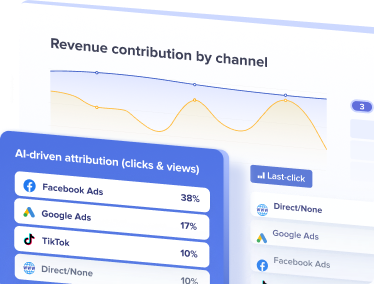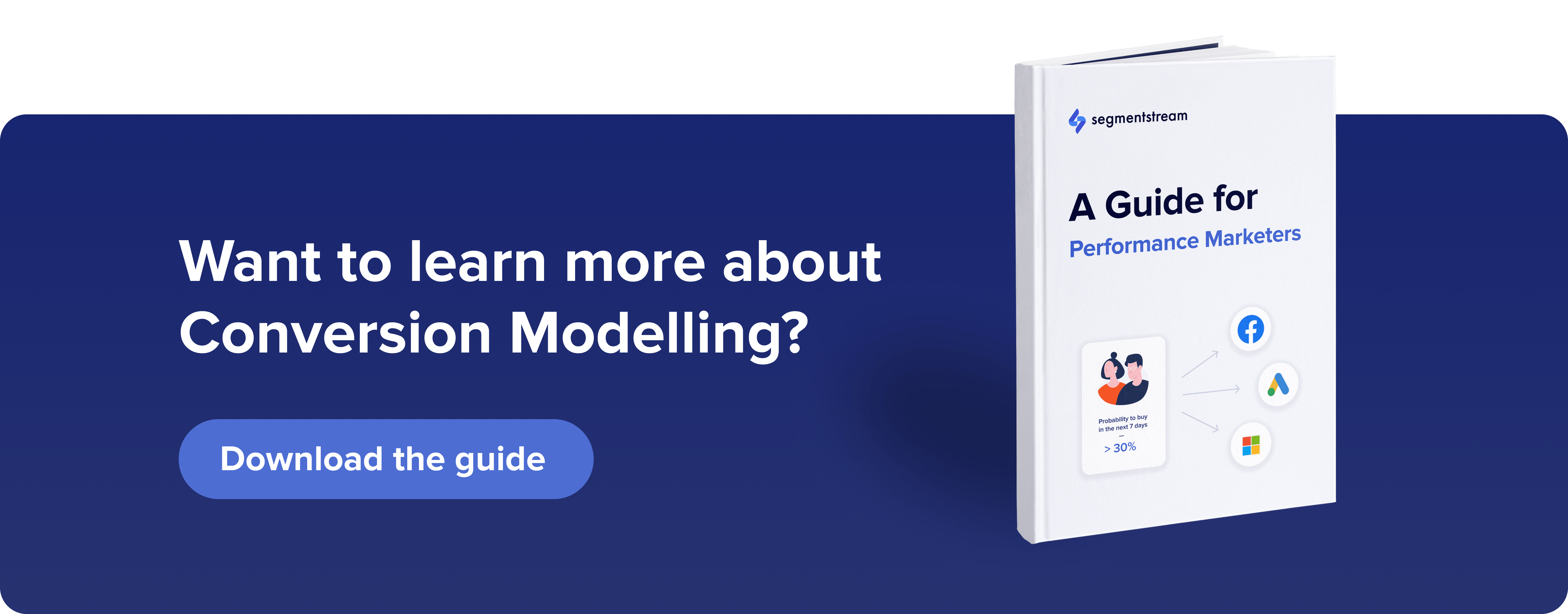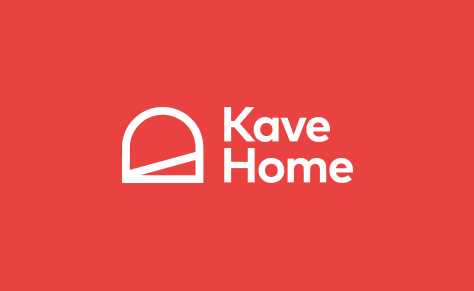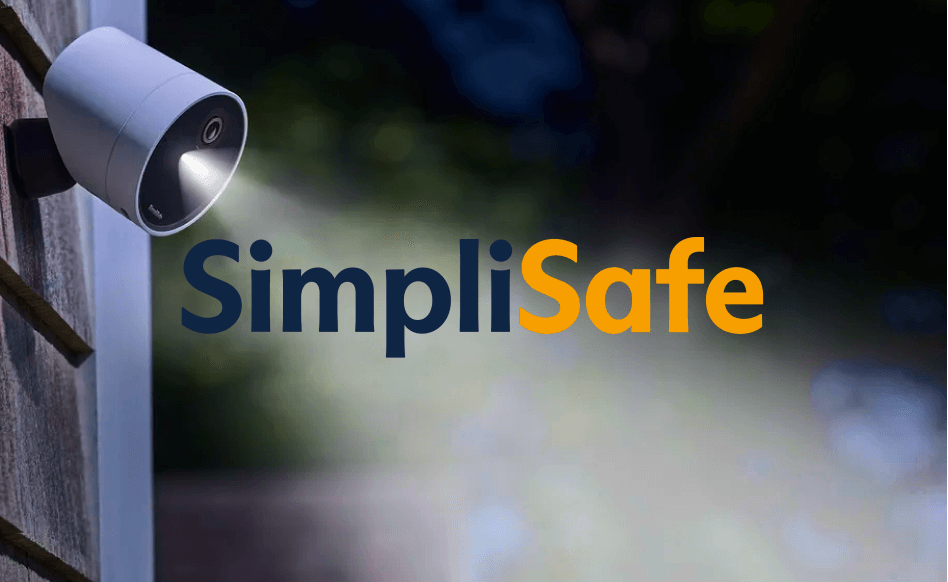Marketing Attribution for Beauty Brands
People who are looking to buy cosmetic products, especially premium ones, often visit the website multiple times before purchasing. In combination with modern-day tracking restrictions and cross-device user journeys, accurate marketing attribution is challenging. Read this guide to learn how to solve marketing attribution if you sell beauty products online.
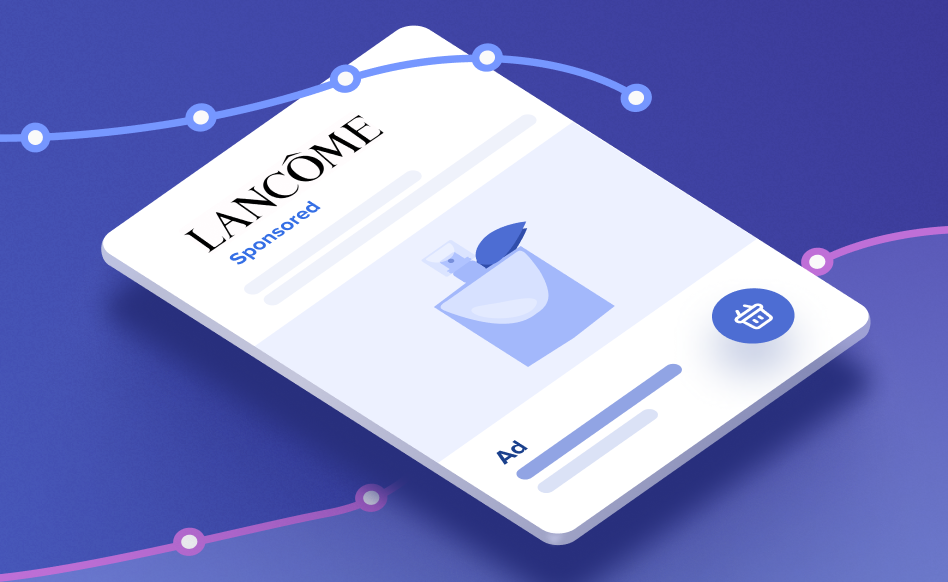
People who are looking to buy cosmetic products, especially premium ones, often visit the website multiple times before buying.
Due to the long and complex path to a conversion, it’s hard to accurately measure how different marketing channels and campaigns actually contribute to the total number of sales. To solve this, marketing teams at beauty brands used to rely on analytics and attribution.
However, with today’s cookie restrictions, such attribution solutions no longer work and fail to provide cosmetics brands with reliable insights into the true ROAS of each traffic source.
Furthermore, due to a lack of feedback signals, ad platforms such as Facebook and Google Ads struggle to learn, target, and optimise effectively.
Why does it happen, and what can we do about it? This guide is the answer!

Table of contents:
- Why do you see a lot of (direct) / (none) in your reports
- How inaccurate tracking affects Google & Facebook Ads performance
- How Conversion Modelling solves broken attribution
- How L’Oreal achieved a 57% sales growth with Conversion Modelling
Most people don’t purchase beauty products during the initial website visit
Customers spend weeks browsing, researching, and going through reviews.
This means that beauty brands have to be patient and persistent in their digital marketing game, focusing on building a relationship with a potential customer over time.
Most brands understand it well and launch multiple types of campaigns for each part of the marketing funnel: prospecting to drive initial awareness, retargeting for the consideration stage, and conversion-focused campaigns to motivate the buyer to making a purchase sooner rather than later.
However, the real challenge lies in understanding the true return on investment in this wide range of marketing activities.
Often, upper-funnel prospecting campaigns will not receive any sales credit at all. At the same time, marketing analytics tools will report that half of the sales come from direct visits, and the rest is distributed among lower-funnel, also known as “closing,” campaigns.
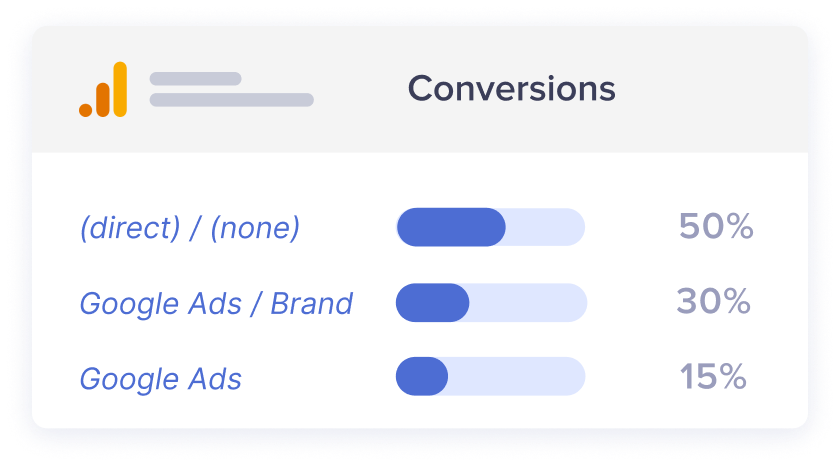
How do you justify making investments in upper-funnel and mid-funnel campaigns when they do not directly drive attributed sales? How do you determine which specific prospecting campaign or creative should receive more of your budget?
Marketing attribution tools and their multi-touch models were once promised to provide assistance in answering these questions. However, they are no longer reliable in the modern world, where tracking the full path to conversion using cookies is no longer feasible.
You can no longer trust attribution, no matter how data-driven it is
The curious thing is that marketing analytics tools often show that upper-funnel prospecting campaigns perform poorly and do not drive any sales. However, if one stops investing in such “horrible” campaigns, they will notice a significant drop in sales from other marketing channels and campaigns, such as brand, direct, retargeting, etc. Some brands have even experienced up to a 30% decline in total sales when they remove the budget from “inefficient traffic sources.”
So why do marketing attribution tools, which are designed to show the true value of each touchpoint in the customer journey, fail to deliver reliable insights to marketers? The reason is that it is no longer possible to track the real customer journeys from the first touchpoint till the final purchase.
No matter how sophisticated and data-driven the model used is, they all operate in the same way. Firstly, they rely on cookies to piece together a customer’s journey toward a purchase. They then wait until the customer completes their journey by making a purchase and analyse the journey to distribute the value of each touchpoint based on a predetermined logic.
The logic is what distinguishes the various attribution models from one another, whether it be First-Click, Last-Non-Direct, or advanced multi-touch models. However, the issue is that no matter which attribution logic is used, it will still examine the same incomplete path to conversion.
It is no longer possible to track the full path to conversion:
- Cross-device and cross-browser. As consumers use multiple devices and browsers to access the web, it becomes difficult to track their activity across different platforms, leading to a fragmented view of their journey to conversion.
- ITP and other cookie restrictions. Many browsers limit the lifespan of web cookies, which are used to remember users on websites and track their activity across the web. This makes it much more difficult to attribute website sales to their initial traffic sources.
- Short attribution windows also pose a problem, as the default attribution window for Facebook Ad Manager is just 7 days post-click. If conversion doesn’t happen within this period, it will not be observed at all.
- Private browsing is yet another issue affecting marketing attribution, with many users employing this mode to prevent cookies from being stored on their devices. This makes it impossible to track their activity across the web, making it more challenging to attribute conversions accurately.
Overall, these challenges mean that marketing traffic sources are not receiving fair value, making it crucial for marketers to find new ways to overcome these obstacles.
As a result, more and more marketers are being sent to the crusade against attribution, searching for a replacement:
“For a while, we have been searching for the right solution to gain insights into our media mix performance, as we understood that marketing attribution in a traditional way became challenging due to modern limitations in customer journey tracking.”
— Perla Patricia Aragon, Chief Digital Officer, L’Oréal Luxe Latin America
How inaccurate conversion tracking harms Google Ads & Facebook Ads performance
Conversions are crucial feedback mechanisms for AI-driven ad platforms like Google and Facebook Ads. They rely on them to train smart bidding algorithms and improve targeting and campaign optimisation capabilities.
However, broken customer journeys mean that the majority of clicks do not receive any value as users rarely convert within a single website visit or cookie. For luxury beauty brands, the challenge is even greater as they typically have fewer conversions than a typical e-commerce business, but each purchase has a high value.
This leads to ad platforms like Google and Facebook Ads targeting only a small portion of the potential audience, making media buying expensive and limiting scalability.
Facebook Ads is particularly affected as its attribution window is only 7 days, and most campaigns are upper- and mid-funnel campaigns that do not generate immediate purchases.
As a result, ad platforms are unable to deliver desired results due to a lack of conversion signals.
Introducing a solution — Conversion Modelling Platform
To solve the marketing attribution problem in a unique way, we at SegmentStream, built a Conversion Modelling Platform. Conversion Modelling uses the power of AI and first-party data to achieve accurate marketing measurement and efficient ad optimisation in a ‘cookieless world’, where customer journey tracking using cookies is no longer reliable.
Why is SegmentStream a unique solution for marketing attribution?
The aim of Conversion Modelling is to discover which traffic sources drive the most incremental value to the business, even when they do not result in directly attributed sales.
Unlike retrospective attribution tools, SegmentStream’s Conversion Modelling approach relies on proprietary Machine Learning algorithms to evaluate each website visit and measure its incremental contribution to the future conversion.
This way, each traffic source finally gets the true value it deserves, even if the real conversion happens from another device, browser, or cookie, and will not be attributed to the traffic source directly.
By using the Conversion Modelling Platform, marketers can gain better visibility into the true value of their digital channels and campaigns, while ad platforms start to perform better by receiving accurate, real-time attribution data about the incremental value of each click.
Use Case #1: Accurate Measurement & Marketing Mix Evaluation
SegmentStream ensures an accurate evaluation of all paid media traffic sources even when the final conversion cannot be observed due to modern tracking restrictions and complex user journeys.
By finally knowing the true impact of all paid media traffic sources, marketers can make correct, timely, and confident budget allocation decisions to ensure the optimal Marketing Mix and achieve the highest total ROI from the overall advertising spend.
Use Case #2: Enhanced Ad Targeting & Optimisation
SegmentStream unlocks the full potential of the ad campaigns by providing immediate feedback about the true value of each click.
By amplifying ad platforms, such as Google & Facebook, with real-time value signals, marketers can expect a much better return on their ad spend, as targeting algorithms start to learn & optimise much faster, focusing ad spending on the audience who is most likely to drive value to the business.
L’Oréal success story: 57% sales uplift with Conversion Modelling
The partnership with SegmentStream started with one brand, Lancôme Mexico, and after the successful pilot, it is now being rolled out to other L’Oréal brands and markets.
By implementing SegmentStream Conversion Modelling, the brand achieved:
- A fully automated cross-channel marketing reporting
- Data-driven budget reallocation resulting in 41% ROAS improvement across the whole Marketing Mix
- 57% sales increase
Read the detailed, step-by-step case study, on the SegmentStream website.
We found SegmentStream’s approach to marketing measurement to be innovative and unique. It was designed to work in a cookie-less world. We liked the concept of evaluating each website visit using Machine Learning. It meant that we could finally gain visibility into the actual sales impact of our paid media traffic sources, and understand their incremental contribution to our bottom line.
We decided to launch a pilot of the Conversion Modelling in Lancôme Mexico, and we’re glad that we did it. SegmentStream proved to be an effective tool in fueling the e-commerce success of the Lancôme Mexico D2C website.
We were able to improve the performance of our digital ad campaigns, make informed budget allocation decisions, and achieve a positive uplift in sales by finding new revenue opportunities. Moreover, SegmentStream helped us give back precious time to our media and e-commerce team, and made our day-to-day operations much more agile.
We would like to thank the team for helping us during our journey. This project’s success unlocked new opportunities for the brand in the market, and now we are scaling it to other luxury brands in our market and region. We are certain this project will positively impact our business activation.
— Perla Patricia Aragon, Chief Digital Officer at L’Oréal Luxe Latin America
Marketing attribution for beauty brands is broken — due to long and complex customer journeys, as well as modern-day cookie tracking restrictions, both marketing analytics tools and ad platforms are unable to attribute conversions properly.
However, there is an innovative solution designed to work in a ‘cookieless world’ — a Conversion Modelling Platform by SegmentStream.
Already trusted by 50+ leading brands and agencies, such as L’Oreal, KitchenAid, Ribble Cycles, and OMD Conversion Modelling quickly becomes an essential solution in the performance marketing toolkit.
Request trial of the Conversion Modelling platform
Optimal marketing
Achieve the most optimal marketing mix with SegmentStream
Talk to expert